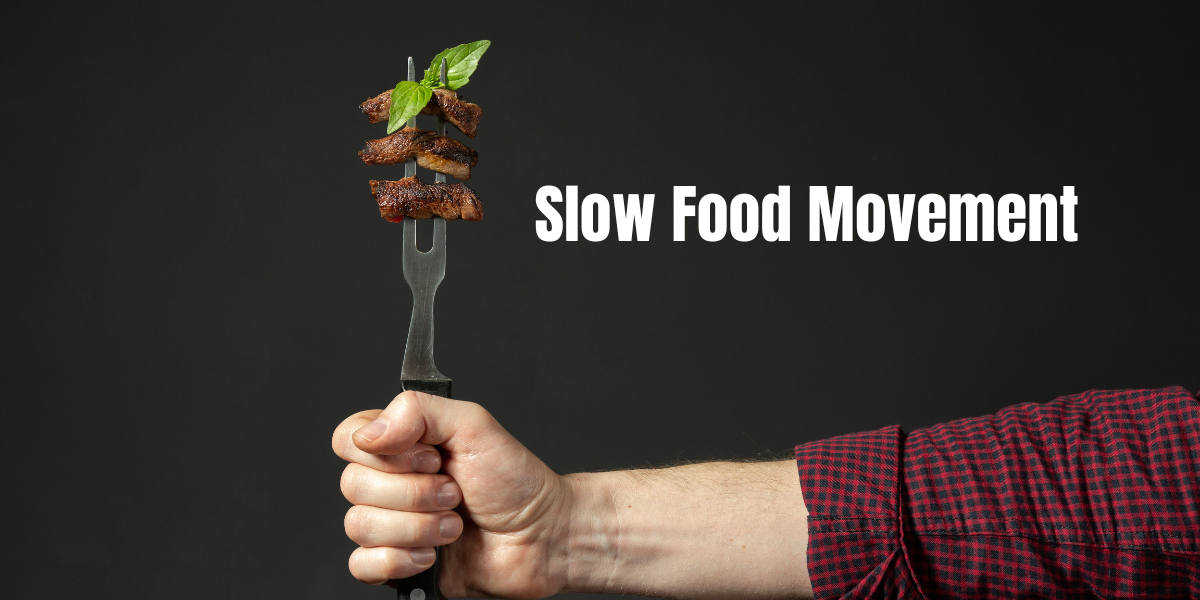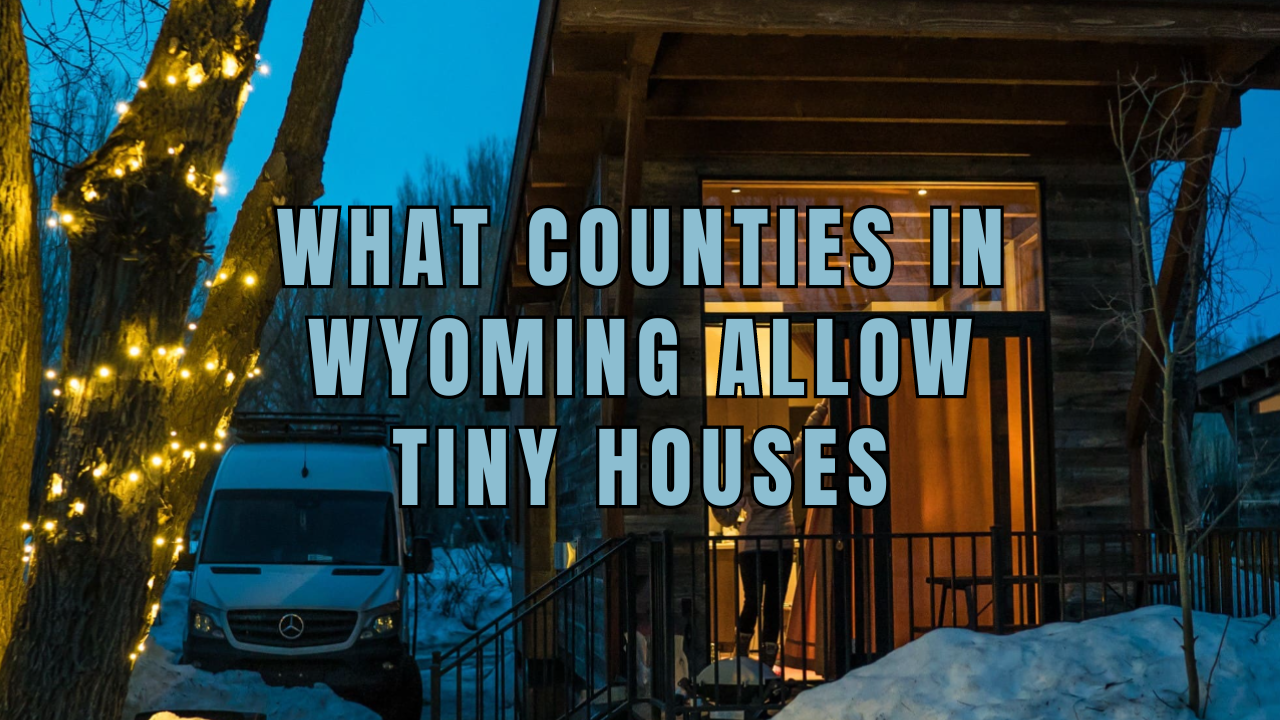A global movement known as slow food promotes healthy, ethical, and fair eating while preserving the environment, cultural traditions, and biodiversity. More than 100,000 people worldwide now belong to it. Regional cuisines, artisanal goods, sustainable farming methods, and food literacy are all objectives of the movement.
What Is Slow Food?
An international, grassroots movement called Slow Food works to stop the extinction of regional food customs and cultures, fight the spread of the fast lane, and stem the decline in curiosity about the food we consume, where it comes from, and how it affects the environment. Simply put, we associate a love of food with a dedication to the local area and the environment.
How Did This Movement Start?
Celebrity chef Alice Waters is closely linked to the slow food movement in the United States, California 1971.
However, it was not until McDonald’s established a restaurant in a well-known Roman plaza in 1986 that the phrase “slow food” was first used. Italians distributed spaghetti as a kind of resistance to this act of gastronomic imperialism while yelling, they said “We don’t want quick food. We prefer leisurely food.” Founded by Carlo Petrini.
The Slow Food Manifesto was adopted in Paris three years later, marking the official founding of the Slow Food International organization.
Tips for Finding Success With Slow Food
Begin Slowly
Choose the foods you’ll cultivate or buy based on the advantages you desire from them. You may take as much time as you require and constantly make improvements or changes to your eating habits depending on your requirements and the stage of your life.
Your Relationship to Food
Consider what you eat as a chance to invest in your family and yourself by deciding what is essential to you in the slow food movement. Accept food as your constant companion and determine its function in your daily existence and household.
Be in Charge of Your Kitchen
Remove surplus or unnecessary processed foods from your diet to start your slow food journey. It will free up space in your cupboard so that you may fill it with nutritious ingredients for your next meals.
Make Family Meals and Dinners a Priority
Include the people you care about in your food decisions, farming, and cooking. Make family mealtimes a routine whenever your schedule allows it.
Meal Preparation in Advance
Whether you reside with family or alone, gather together and choose some meals that you can all make using fresh, nearby items and will all like. Create a meal plan so you can quickly identify the foods you’ll need for the next week.
As You Discover New Family Favorites, Note Slow Recipes
At first, learning to eat slowly might seem exciting and interesting, but you’ll need to find some simple go-to meals to have on hand later. Making selections that are as simple as possible can allow you to appreciate your slow-eating way of life.
Invest in Fresh Ingredients Rather Than Processed Foods
Instead of choosing packaged or canned meals, start choosing fresh, healthy ingredients if you are not yet prepared to commit to producing your food.
Consider the advantage of the grocery store’s fresh vegetable area. Shop regionally whenever you can at farmer’s markets.
Make a Few Staples in Bulk
You may save some time and gasoline by purchasing and preparing some products in bulk for freezing or dehydrating. If your vegetable patch produces more than what the whole family can consume fresh in a week, you may also do it with what you grow.
When you have a supply of freshly prepared meals in your freezer or pantry, you may live a slow-eating lifestyle quickly and easily when you need to without compromising your nutrition or principles.
Share Your Knowledge About Slow Eating
Share your eating habits principles with family and friends, and urge others to try out what you’re learning for themselves. If you want to develop your small slow-food community, assist one another as you learn.
Make Contact With Your Local Slow Food Community
It offers fantastic chances to get in touch with others in your neighborhood who are committed to living a slower local food habit.
Practical Beliefs and Values Tips
Promoting food that is Good, Clean, and Just for everyone, this movement hopes to inspire people of all ages to improve the world.
Good
- Believe that access to wholesome food is a basic human right
- Develop pleasant ties to your neighborhood and area.
- Advocate for environmental and societal diversity
Clean
- Defend the environment for future generations.
- Helping individuals and the environment are interdependent
- Encourage the consumption of locally sourced, seasonally appropriate food.
Just
- Increase global and local cooperation while adhering to all regulations.
- Require no qualification or precondition to participate
- From farm to fork, fight for the dignity of labor and food production.
Create a Vegetable and Herb Yard
Grow some herbs to add to your meals if you have a patio, balcony, or perhaps a cooking area windowsill with potted plants. It will boost your confidence while giving your food an all-natural, homegrown, and organic flavor.
The tiny herb garden may be maintained by your family as you all learn about how natural genuine food preparation is and how the environment can nurture our bodies.
Cultivating your vegetables will increase your knowledge of the local food that is in season wherever you live, add fresh, delicious vegetables to your diet, and give you a feeling of pride in the food that you can prepare.
Get Composting to Grow Your Garden
Get advantage of this process by creating a container for compost and discovering about making compost with worms. It entails the breakdown of your scraps produced by numerous bacteria and germs throughout the decomposition process. Worms can accomplish the same task more quickly.
Dry up What You Grow
Dehydrating appeals to homesteaders since it is quick and easy, even if canning is another alternative for a longer shelf life. Dehydrating doesn’t entail using high heat to destroy the nutrients in your fresh produce.
The simplest approach to dry the food you cultivate is to buy a dehydrator. However, if you’re short on time, you may also use your oven.
Take Care of Your Chickens
A wonderful aspect of homesteading that fits well with a slow-food diet is rearing hens. In addition to learning how to care for them as a family and receiving free-living, farm-fresh eggs for your breakfast and baking needs, you can enjoy seeing the young keepers develop into clucking chickens.
Slow Food vs. Fast Food
Slow food is a response to the hazards that rapid food poses to the environment and human health.
The movement campaigns against genetic engineering and pesticides. The risks of modern food and agriculture are also warned about. Furthermore, it draws attention to food waste and overproduction brought on by the widespread consumption of fast food. It promotes fair food and the rights of local farmers.
Although it doesn’t advocate a purely vegetarian diet, it does promote consuming less meat and purchasing it from local farmers.
FAQs
What Are the Objectives of the Slow Food Organization?
This movement counts some objectives to accomplishing his goals, like:
- creating an Ark of Taste in every ecoregion, which will honor regional food and culinary traditions
- establishing “Praesidia” grassroots groups to spread awareness of slow meals
- creating and maintaining heritage seed banks in coordination with regional food systems to preserve these kinds
- promoting and conserving regional and traditional foods, as well as their history and preparation
- coordinating modest processing
- coordinating regional festivities of regional food
- in favor of “taste education.”
- consumer education on the dangers of fast food
- educating the public about the negative effects of industrial farms and commercial agriculture
- educating the public about the risk of monoculture and dependence on too few kinds of genes
- creating a range of political initiatives to protect family farms
- advocating for the incorporation of issues related to organic farming in agriculture policy
- opposing government financing of genetic engineering through lobbying
- disagreeing with the application of chemicals through advocacy
- teaching pupils and inmates horticultural techniques
- promoting ethical purchasing at neighborhood markets
Why is Slow Food Superior to Fast Food?
The opposite of fast food is slow food. It benefits the environment, animals, and most importantly, people who produce, prepare, and consume food. Besides, it makes use of food to promote community and connection.
However, some claim that the movement is elitist since so many individuals are unable to pay the price of food that satisfies these requirements.
What Makes Slow Food Significant?
More than just food, the Slow Food movement emphasizes a way of life. Slow Food has gained popularity as we gradually come to understand the connection that exists between the meals we eat and our overall wellness of the planet, our communities, and ourselves.
Connecting food producers and consumers, the movement provides tasting instruction, workshops, and school partnerships.
Wrap-Up
Slow food is a philosophy of life, not merely a style of eating to some people. It’s a movement that prefers harmony to conflict, variation to conformity, and quality to quantity.
Likewise, This movement acknowledges the enjoyment, culture, and responsibility of food. We can benefit ourselves, our communities, and the environment by making good, clean, and fair food choices.





